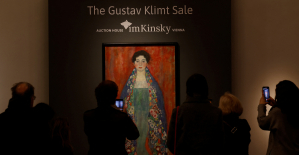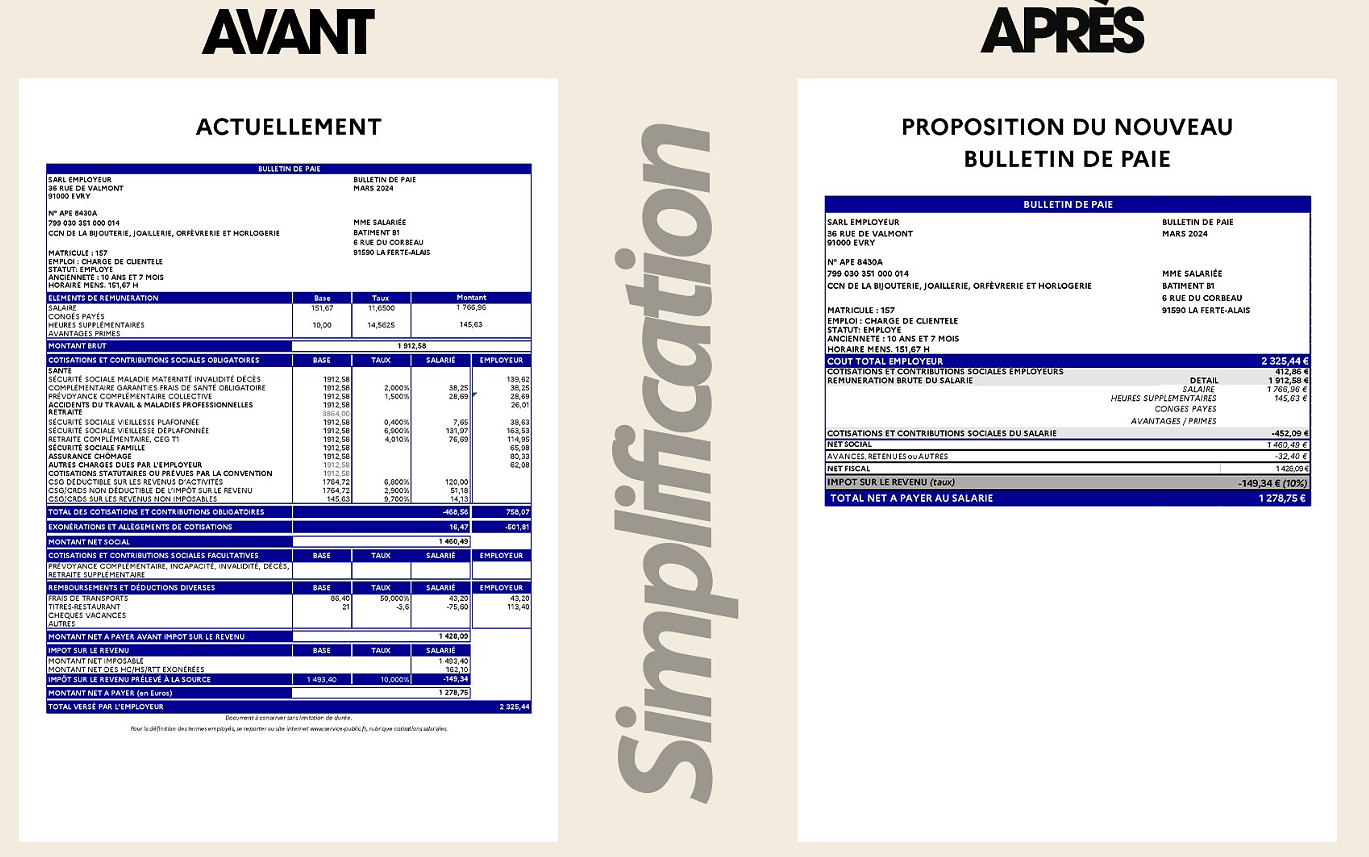the stones are silent, the stones are rigid, stones are stupid. We think, maybe. On a scree slope that may be true, but there are in the country, in many places, stones that are single creature, the character will have to speak to us and things reports. About the bell rock in Laufen an old road: a four-meter-tooth, painted with two coat-of-arms and hung with little bells. Earlier the border between Basel and Bern, was in this place. Travelers had to pay customs. You rang, allegedly, the bells, and then the tax collectors came and suffered.
Many impressive stones in Switzerland, are entwined with stories, again and again, their reality content is controversial. The mystery makes them charming, arouses our interest. Why is the ten-metre-high Achistein in Bern means of Innertkirchen? It has to do really with the woman that was supposed to have been on the Aare, a garden, entertain, until a high-water wegspülte the beautiful planting and, instead, the stone left behind. The woman complained: "Oh!"
Somehow, that sounds far-fetched. In any case, but the people give the big stones name. Sometimes they change these also. The stone in the Küsnachter Tobel at the lake of Zurich was the first Wöschhüslistei. Then they named it after the recently-deceased geologist Alexander Wettstein in Alexander stone.
The great stones of the Switzerland connected with destinies. With legends, Beliefs and superstitions. And with the history of our country. That's why it should go – to the story. Many of these striking stones embody historical events and entire epochs of our country. They are witnesses of the time. Because stones are beings that can talk. We need to listen to them.
stone age
Amazingly, with all of its beauty and power, unknown to the Pierre du Dos à l'ane. It is secluded one and a half kilometres to the North of Essertes VD in a valley on the border of the cantons of Vaud and Fribourg. No trail leads. A plaque informs that the stone probably dates from the Neolithic period. Or from the following bronze age. It is a Menhir, a prehistoric targeted erect stone? Can be. The Neolithic period is the time in which people from Hunting and Gathering to a switch to agriculture. Villages. Only an organized community can move such a Monster of almost six meters in height. Standing stones, especially in the Romandie, a number of. They remind us of our beginnings.
the Roman
Conrad Ferdinand Meyer's novel "Jürg Jenatsch" begins on the Julier pass. The young Zurich Heinrich Waser wants to sign the two pillar stumps, than he is interrupted: A Darkling appeared and mentioned, water could be a spy – the story takes place in the turmoil of the thirty years war in the 17th century. Century.
The pillars should crack have is part of the temple that stood in ancient times in this place, five on five Meter base. The water, which portrayed it later as a sensational relic, was a pedestrian time. Today the car over grass, hardly anyone noticed the pillars, as you flank the left and right inconspicuously in the Grass the modern pass road. And yet they tell the story of the Romans, the pioneers of the movement in our country.
middle ages
The Great stone in Kreuzlingen TG in front of the building of Kreuzlingen tourism. "Indicative place of the 9 servants of the Mangold of Brandis 1368", it says on an inscription. The said nobleman, a monastery, Lord of the undersea island of Reichenau. A unfrommer guy who appears as a fisherman, just because the fishing is supposedly to be in the wrong place. As the chard with the Konstanzern landed, stormed this one of the castles of his reign. Mangolds nine servants, which they manned, or in Kreuzlingen. On The Big Stone. In the middle ages, that is sometimes as black as its reputation.
Napoleonic Era
Napoleon's program is this: away with the old order! The Ancien Régime of the Confederation is eliminated by the French. In 1799 the Russians, part of the monarchical coalition, in Zurich. The French, however, the Limmat store in Dietikon to the South. General André Masséna is your commander. 25. September, in a brilliant performance, to succeed him. After long preparations, a vanguard of his soldiers at night over the river and caught off guard by the Russian Post on the other side. Then the French to build a pontoon bridge over which more and more of them get to the other shore. Now it goes against Zurich. The French are victorious. On the Arc de Triomphe in Paris, where Napoleon's major battles are listed, Dietikon. A stone to it, reminiscent of the Limmat river.
Belle Epoque
The resort of Morschach in the Swiss Canton of Schwyz, on its terrace above the lake of URI, is a large hotel past. The druid stone, of then-tourism, is now in the middle of the Golf course. However, leads to a public footpath. During the times of the Belle Epoque, the attraction of the nearby Grand hotel Axenstein. Owner Ambros Eberle makes a romantic path on the Grossegg create. The Granitmocken, resting on a Limestone base, acts as an Altar: It is the creation of cultic guests fantasies, as well as the sounding Name of stone druids.
highway-riser
In the devil stone from Göschenen in URI's can identify as gewitztes Völklein. The Saying we all know: In the middle ages, it manages the Talleuten using the devil, in the background is part of a bridge. Then you betray the devil to his reward. As this will destroy said stone, his work carves a mother with a cross in the stone, the devil subito too heavy. He zottelt. 13 meters high and 2000 tons of the devil's stone. Today, he is humiliated on the edge of the highway in a drab angle. In 1973, they moved him to 127 yards of this Parking space because he was of the nascent motorway in the way. 300000 Swiss francs cost. The URI, the Swiss hang on to their stones.
Esoteric Modern
In acupuncture, he argues that places needles in certain body, the idea behind this is that the Meridian lines cover the body that you can stimulate. The artist is Marko Pogacnik, a Slovenian, is understood as a acupuncturist in Grand style. As a healer of the torn earth, in the he needle-like granite columns of rams in points, as he says, the lines of force across the continent. Such a litho point urstein is something outside of Ins in the Bernese Seeland to the right of the trail shortly before the top of the hill of St. yodel. Whether or not the Puncture the use? The earth is silent.
Urban contemporary
The St.-Jakobs-Halle ("joggeli hall") is in the area of Münchenstein, BL, the land belongs to velvet hall the city Canton of Basel. In it, the tennis occasion Swiss Indoors takes place, for example. The hall for 110 million Swiss francs has been renovated. And who dominates the brand new Foyer? A boulder, crouches as knorziger time traveler in the modern architecture and the Central pillar. An artist had to bring the stone from the Aargau, forgot about it, however, is that such chunks are often protected. The responsible chief officials were accommodating: "It happens, unfortunately much too rarely that geological objects are assembled duly in value as this boulder." The stadium-rock: a stone more, to the Public.
(editing Tamedia)
(Created: 19.04.2019, 20:31 PM)
 His body naturally produces alcohol, he is acquitted after a drunk driving conviction
His body naturally produces alcohol, he is acquitted after a drunk driving conviction Who is David Pecker, the first key witness in Donald Trump's trial?
Who is David Pecker, the first key witness in Donald Trump's trial? What does the law on the expulsion of migrants to Rwanda adopted by the British Parliament contain?
What does the law on the expulsion of migrants to Rwanda adopted by the British Parliament contain? The shadow of Chinese espionage hangs over Westminster
The shadow of Chinese espionage hangs over Westminster Parvovirus alert, the “fifth disease” of children which has already caused the death of five babies in 2024
Parvovirus alert, the “fifth disease” of children which has already caused the death of five babies in 2024 Colorectal cancer: what to watch out for in those under 50
Colorectal cancer: what to watch out for in those under 50 H5N1 virus: traces detected in pasteurized milk in the United States
H5N1 virus: traces detected in pasteurized milk in the United States What High Blood Pressure Does to Your Body (And Why It Should Be Treated)
What High Blood Pressure Does to Your Body (And Why It Should Be Treated) “I’m interested in knowing where the money that the State takes from me goes”: Bruno Le Maire’s strange pay slip sparks controversy
“I’m interested in knowing where the money that the State takes from me goes”: Bruno Le Maire’s strange pay slip sparks controversy Despite the lifting of the controllers' strike, massive flight cancellations planned for Thursday, April 25
Despite the lifting of the controllers' strike, massive flight cancellations planned for Thursday, April 25 The right deplores a “dismal agreement” on the end of careers at the SNCF
The right deplores a “dismal agreement” on the end of careers at the SNCF The United States pushes TikTok towards the exit
The United States pushes TikTok towards the exit Saturday is independent bookstore celebration
Saturday is independent bookstore celebration In Paris as in Marseille, the Flames ceremony opens to fans of rap and hip-hop
In Paris as in Marseille, the Flames ceremony opens to fans of rap and hip-hop Sale of the century for a mysterious painting by Klimt, in Austria
Sale of the century for a mysterious painting by Klimt, in Austria Philippe Laudenbach, actor with more than a hundred supporting roles, died at 88
Philippe Laudenbach, actor with more than a hundred supporting roles, died at 88 Skoda Kodiaq 2024: a 'beast' plug-in hybrid SUV
Skoda Kodiaq 2024: a 'beast' plug-in hybrid SUV Tesla launches a new Model Y with 600 km of autonomy at a "more accessible price"
Tesla launches a new Model Y with 600 km of autonomy at a "more accessible price" The 10 best-selling cars in March 2024 in Spain: sales fall due to Easter
The 10 best-selling cars in March 2024 in Spain: sales fall due to Easter A private jet company buys more than 100 flying cars
A private jet company buys more than 100 flying cars This is how housing prices have changed in Spain in the last decade
This is how housing prices have changed in Spain in the last decade The home mortgage firm drops 10% in January and interest soars to 3.46%
The home mortgage firm drops 10% in January and interest soars to 3.46% The jewel of the Rocío de Nagüeles urbanization: a dream villa in Marbella
The jewel of the Rocío de Nagüeles urbanization: a dream villa in Marbella Rental prices grow by 7.3% in February: where does it go up and where does it go down?
Rental prices grow by 7.3% in February: where does it go up and where does it go down? Sale of Biogaran: The Republicans write to Emmanuel Macron
Sale of Biogaran: The Republicans write to Emmanuel Macron Europeans: “All those who claim that we don’t need Europe are liars”, criticizes Bayrou
Europeans: “All those who claim that we don’t need Europe are liars”, criticizes Bayrou With the promise of a “real burst of authority”, Gabriel Attal provokes the ire of the opposition
With the promise of a “real burst of authority”, Gabriel Attal provokes the ire of the opposition Europeans: the schedule of debates to follow between now and June 9
Europeans: the schedule of debates to follow between now and June 9 These French cities that will boycott the World Cup in Qatar
These French cities that will boycott the World Cup in Qatar Montpellier-Nantes: at what time and on which channel to watch the Ligue 1 match?
Montpellier-Nantes: at what time and on which channel to watch the Ligue 1 match? Ligue 1: Luis Enrique leaves many PSG players to rest in Lorient
Ligue 1: Luis Enrique leaves many PSG players to rest in Lorient Football: Deschamps, Drogba, Desailly... Beautiful people with Emmanuel Macron to play with the Variétés
Football: Deschamps, Drogba, Desailly... Beautiful people with Emmanuel Macron to play with the Variétés Football: “the referee was bought”, Guy Roux’s anecdote about a European Cup match… with watches and rubies
Football: “the referee was bought”, Guy Roux’s anecdote about a European Cup match… with watches and rubies


















